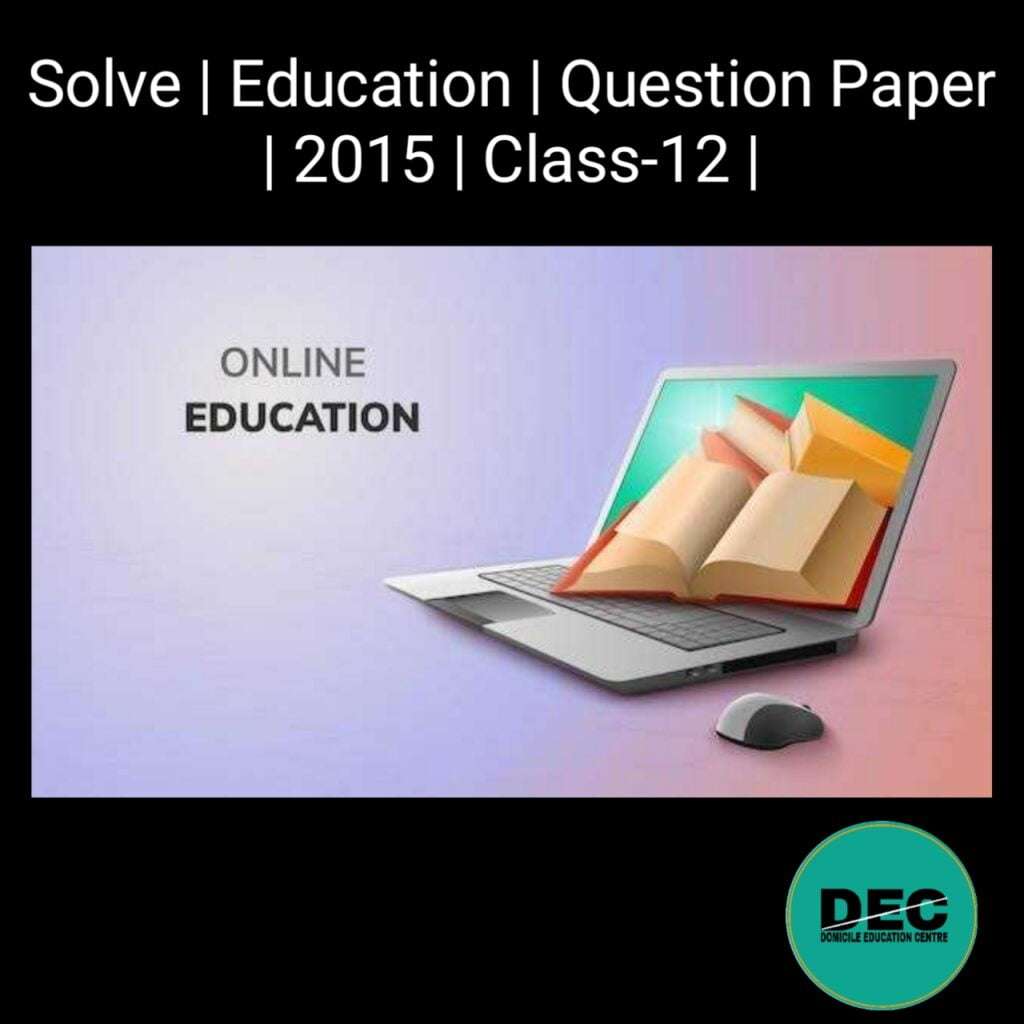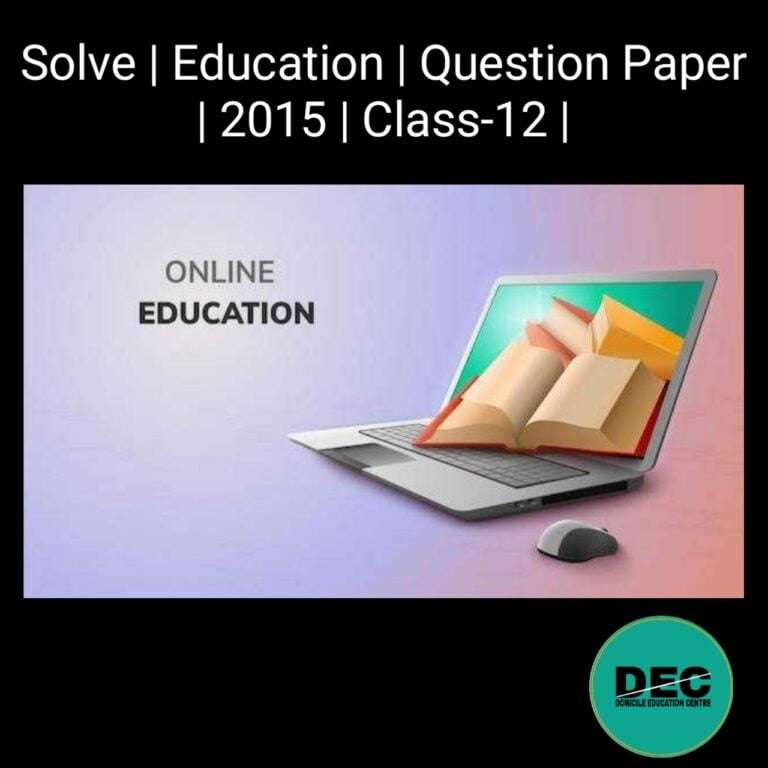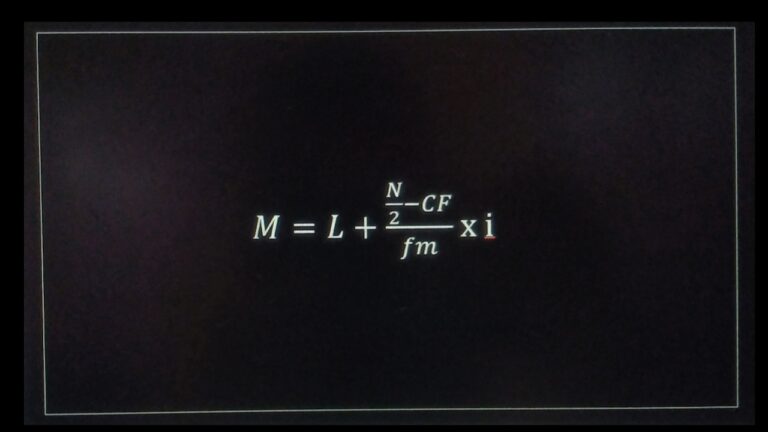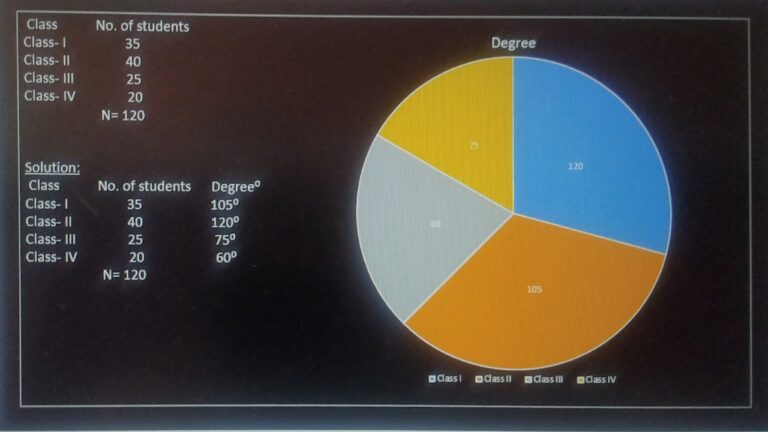2016 | Education | Question Paper Solve | Class-12 |
Here in this title You will get to know:
- 2016 Solve Education Question Paper Class-12
2016 Solve Education Question Paper Class-12
2016
EDUCATION
Full marks: 100
Pass marks: 30
Time: Three hours
The figures in the margin indicate full marks for the questions.
- No. 1 carries 1 marks each …1 x 12 = 12
- No. 2 carries 2 marks each … 2 x 12 = 24
- No. 3 carries 4 marks each … 4 x 10 = 40
- No. 4 carries 6 marks each … 6 x 4 = 24
Total = 100
1. Answer the following questions: (any twelve): 1x 12 = 12
Fill in the Blanks:
(a) “Destiny of India is now shaped in her classroom.” This statement was given by ____________ Commission.
Ans: Kothari Commission.
(b) The distance between teacher and student is an important characteristics of _____________ education.
Ans: Non-Formal Education.
(c) “World Environmental Day’ is observed on ____________ .
Ans: Every year 5th June.
(d) The original name of the present Cotton Collegiate School was ___________ .
Ans: Guwahati Seminari.
(e) Swimming is possible because of ____________ memory.
Ans: Procedural memory.
(f) The three important functions of mental hygiene are preventive, curative and __________ .
Ans: Preservative functions.
Give Short Answer in one sentence :
(g) Write the name of the person who took initiative to formulate ‘National Policy on Education, 1986’.
Ans: Prime minister Rajiv Gandhi.
(h) Write the name of the first open university of Assam (full name).
Ans: KKHSOU (Krishna Kanta Handique State Open University) is the first Open University in Assam.
(i) Who introduced the concept of Population Education ?
Ans: Prof. S.R. Wayland of Columbia University introduced the concept of ‘Population Education’.
(j) Mention one social quality of a mentally healthy person.
Ans: Very confident in decision making is one social quality of a mentally healthy person.
(k) Write the formula for finding out mean by ‘Assumed Mean Method’

(l) From a batch of 15 students who had appeared for an examination. 5 students failed. The marks of the successful students were – 40, 58, 48, 66, 78, 60, 70, 55, 44, 72. Calculate the median.

Archives
2. Mention two suggestions given by Mudaliar Commission for the development of leadership qualities among the student. 2
Ans: The two measures as suggested by Mudaliar Commission to develop leadership qualities among students are:
(i) The secondary education should train the person to assume the responsibilities of leadership in social, pollical, industrial, and cultural life of their community or country.
(ii) This education should provide the students professional efficiency and all the facilities inside the school for the formation of good character.
3. What does it mean by ‘National System of Education’ ? 2
Ans: National System of Education’ means a comprehensive appraisal of the existing system of education to awaken the people about the various scientific and technological developments and to make the students at the various stages of education aware of the same in order to utilize them in their future life.
or
Write the structure of Secondary Education as suggested by Kothari Commission.
Ans: (Let check this answer question no. by click here.)
4. Mention two changes brought in the secondary education system in Assam on the basis of recommendations of Mudaliar Commission.
Ans: The two changes brought in the secondary education system in Assam on the basis of recommendations of Mudaliar Commission.
(i) Government of Assam decided to change some high school into multipurpose schools.
(ii) During this time 67 high schools were upgraded to higher secondary school.
5. Mention two groups of people who may get benefit of Non-formal Education. 2
Ans: The two groups of people who may get benefit of Non-formal Education are mention below:
(i) One group of people are those who are late bloomer and dropouts can get benefit of non-formal education.
(ii) Another group of people are those who are deprived classes can benefit of non-formal education.
or
Mention two merits of Open Education.
Ans: two merits of Open Education are:
(i) Admission system of the open education system is very easy and eligible criteria’s are flexible.
(ii) Open Education system facilitates the people of remote areas, hilly areas, rural areas, dropouts, adult who are not entitled to get education in time.
6. Mention two characteristics of Environmental Education. 2
Ans: The two characteristics of Environmental Education are mentioned below:
(a) Environmental Education is a process of organizing the interrelatedness among man, his physical, cultural and biological surroundings.
(b) It identifies the imbalances of environment and tries to improve it in view of substance development.
7. Mention two laws of use and disuse of learning. 2
Ans:
8. “There is no place for creativity in memory”. Explain. 2
Ans: Yes, it is true that there is no place for creativity in memory because of the following reason:
(i) Act of memorization depend upon five sense organs or sensory experience. Hence, There is no required any creative ability of a person to retain the learned material.
(ii) The process of memory consist of learning, retention, recall and recognition only and no need to any high intelligence persons to retain the learned material. Every individual has retaining power of which helps to store learning and experience.
Or
“Nita has learnt first poem her book. But after learning the second poem she forgot the first one”. Give psychological reason.
Ans:
9. “Volitional attention may create interest”. Give an example and explain. 2
Ans: Yes, Volitional attention may create interest when an individual is physically and mentally ready to pay attention and he does it out of his own will. For example: A student with strong will to shine in life will pay attention to his studies in spite of poverty.










Recent Comments